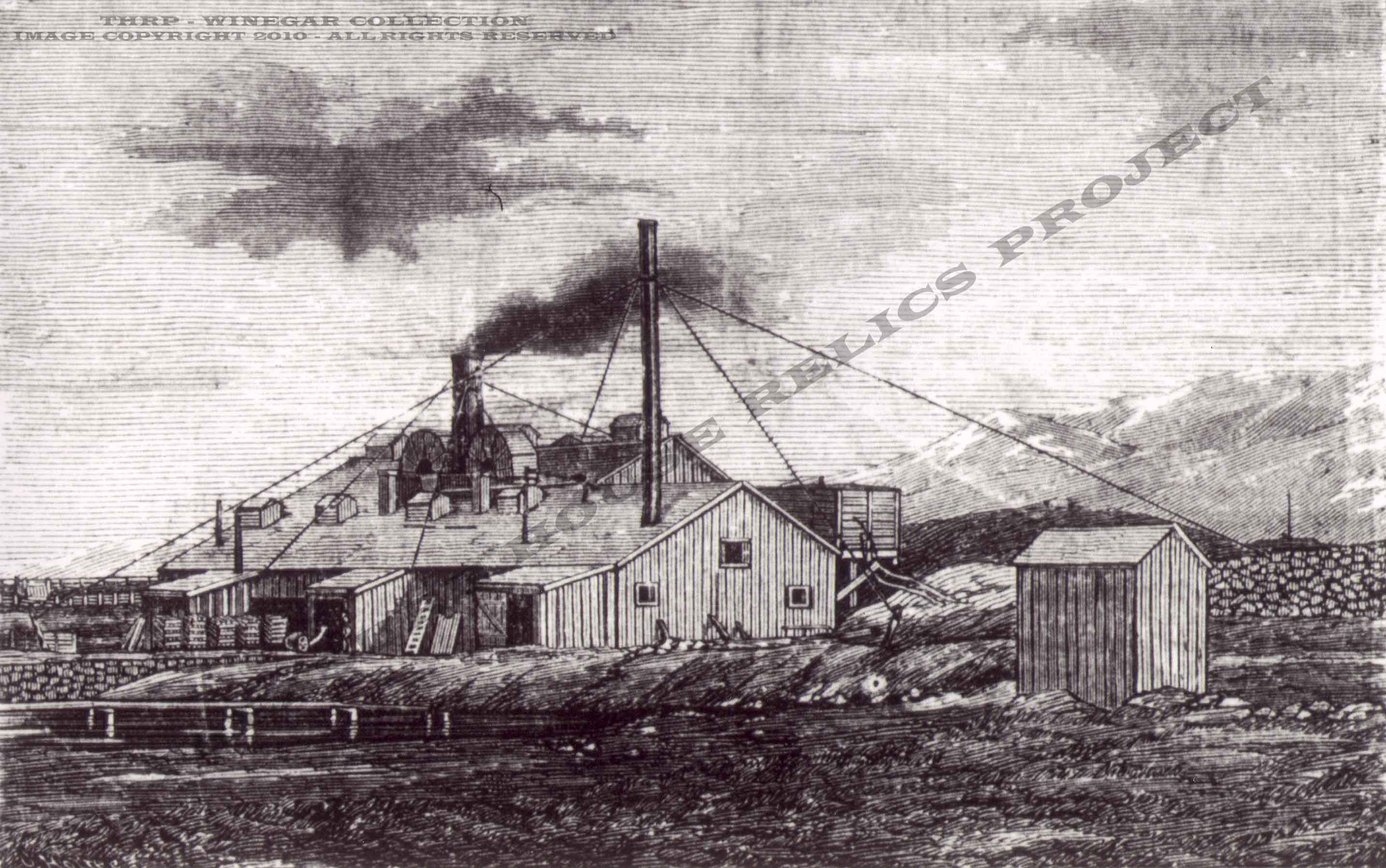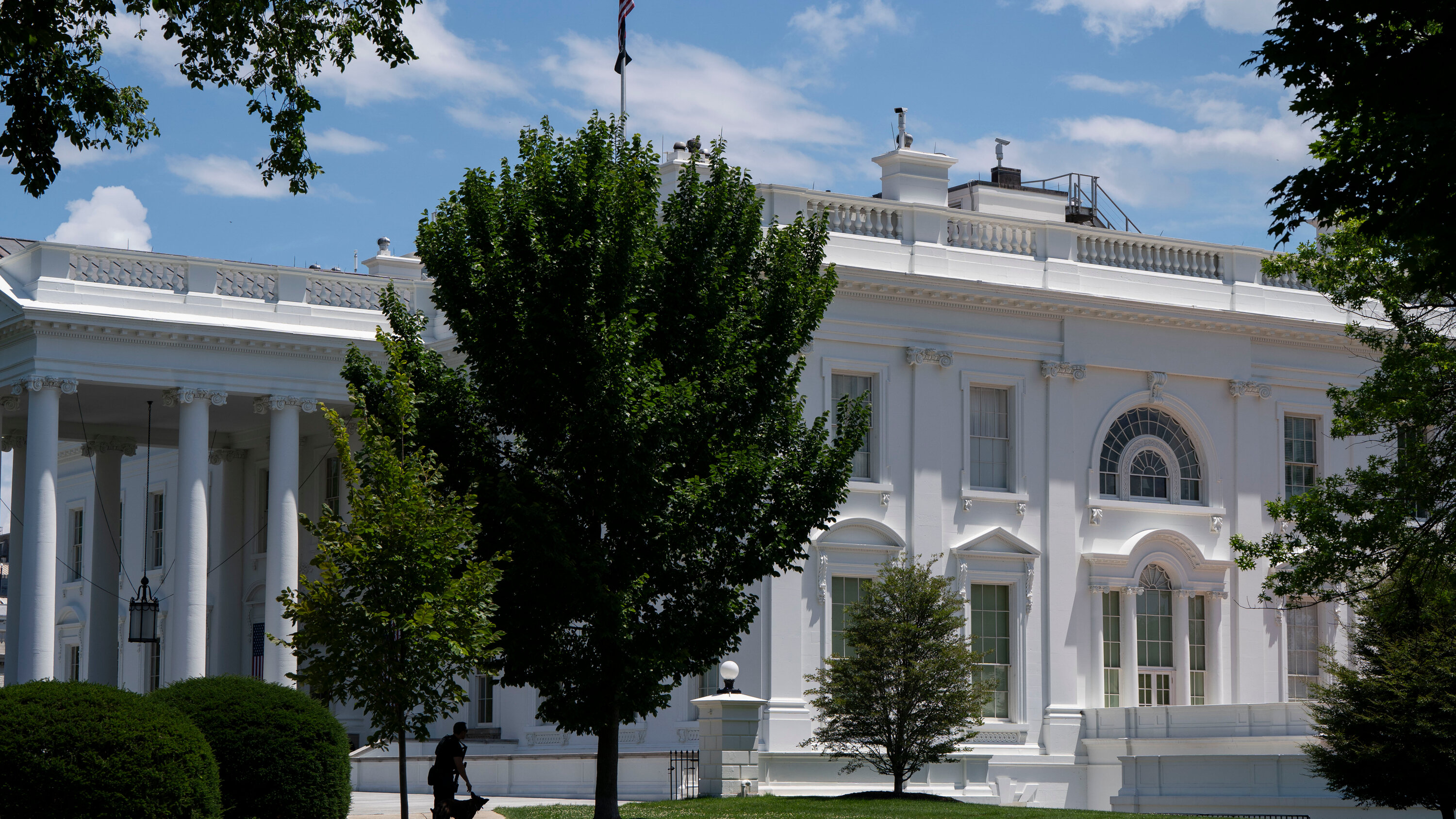Gambling On Disaster: The Case Of The Los Angeles Wildfires

Table of Contents
Climate Change and Increased Wildfire Risk in Los Angeles
Rising Temperatures and Drought Conditions
Global warming is significantly impacting the Los Angeles region, leading to higher temperatures and prolonged periods of drought. Data shows a clear upward trend in average temperatures over the past century, creating ideal conditions for wildfires. The frequency and intensity of droughts are also increasing, leaving vegetation parched and highly flammable.
- Increased frequency of Santa Ana winds: These strong, dry winds accelerate fire spread and increase the risk of large-scale wildfires.
- Drier vegetation creating more flammable fuel: Prolonged drought transforms forests and brush into tinderboxes, readily igniting and burning intensely.
- Longer fire seasons: The combination of heat and dryness extends the wildfire season, creating a longer window of vulnerability. The impact on the landscape is significant and threatens the delicate ecosystem of the region, impacting wildlife and habitats.
Fuel Load Management and its Neglect
Effective forest management is crucial in mitigating wildfire risk. This includes controlled burns to reduce fuel loads and brush clearing to create defensible spaces around communities. However, insufficient funding and political resistance often hinder these essential preventative measures.
- Lack of funding for fire prevention programs: Budget cuts and prioritization of other issues leave vital fire prevention efforts underfunded and understaffed.
- Urban sprawl encroaching on wildlands: The expansion of urban areas into fire-prone areas increases the risk of wildfires impacting homes and infrastructure. This necessitates better urban planning that accounts for fire safety.
- Inadequate public awareness of fire safety: A lack of public education on fire prevention and preparedness leaves communities vulnerable. Better public education regarding defensible spaces, safe practices, and wildfire evacuation planning is desperately needed.
The Economic Costs of Los Angeles Wildfires
Property Damage and Insurance Costs
The economic losses from Los Angeles wildfires are staggering. Destroyed homes, businesses, and infrastructure represent billions of dollars in damage. The rising costs of insurance, coupled with the difficulty in obtaining coverage in high-risk areas, further exacerbates the financial burden.
- Statistics on property damage from past wildfires: Recent wildfires have resulted in billions of dollars in property damage, leaving many residents facing financial ruin.
- Increased insurance premiums: Insurance companies are increasing premiums in high-risk areas, making it unaffordable for some homeowners.
- Challenges faced by homeowners and businesses in securing insurance: Many homeowners and businesses struggle to secure adequate insurance coverage, leaving them vulnerable in the event of a wildfire.
The Economic Impact on Tourism and Other Industries
Wildfires significantly disrupt tourism, impacting hotels, restaurants, and other related businesses. The closure of national parks and recreational areas, coupled with air quality concerns, drives tourists away, impacting the regional economy. Supply chains are disrupted, and job losses in affected industries add to the overall economic burden.
- Loss of tourism revenue: Wildfires lead to a significant decline in tourism, affecting businesses that rely on visitor spending.
- Disruption to supply chains: Wildfires can disrupt transportation networks and supply chains, impacting businesses throughout the region.
- Job losses in affected industries: The economic downturn resulting from wildfires leads to job losses in various sectors, further destabilizing the local economy.
Social Consequences and Community Resilience
Displacement and Loss of Life
The human cost of Los Angeles wildfires is devastating, with loss of life and widespread displacement of communities. Survivors often face long-term psychological trauma and challenges in rebuilding their lives.
- Statistics on casualties and displacement: Past wildfires have resulted in significant loss of life and displacement of thousands of people.
- Long-term health consequences for survivors: Exposure to smoke and other hazards can have long-term health consequences for survivors.
- Challenges faced by displaced communities: Displaced communities face numerous challenges, including finding temporary housing, accessing essential services, and rebuilding their lives.
Community Preparedness and Response
Effective community-based disaster preparedness programs are essential for mitigating the social impact of wildfires. This includes robust early warning systems, well-planned evacuations, and strong community organizations providing support during and after a wildfire.
- Importance of early warning systems: Early warning systems are crucial in providing residents with sufficient time to evacuate and prepare.
- Effectiveness of community evacuation plans: Well-defined and regularly practiced evacuation plans can save lives and minimize disruption.
- Role of community organizations in disaster relief: Community organizations play a vital role in providing support and resources to affected communities.
Conclusion
The increasing frequency and severity of Los Angeles wildfires are a direct result of climate change, inadequate preventative measures, and the inherent risks associated with development in fire-prone areas. The economic and social costs are substantial and represent a significant gamble with the future of the region. Continuing to gamble with our environment by neglecting preventative measures is unsustainable and will lead to even more catastrophic consequences. We must invest in proactive measures to mitigate wildfire risk, including improved forest management, enhanced community preparedness, and a concerted effort to address climate change. Stop gambling on disaster; act now to protect Los Angeles from future wildfires.

Featured Posts
-
 Exploring The Rich Mining Past Of Boulder Countys Switzerland Trail
May 18, 2025
Exploring The Rich Mining Past Of Boulder Countys Switzerland Trail
May 18, 2025 -
 White House Cocaine Incident Secret Service Ends Probe
May 18, 2025
White House Cocaine Incident Secret Service Ends Probe
May 18, 2025 -
 Damiano David Joins Stellar Bilbao Bbk Live 2025 Lineup With Sparks And Kaytranada
May 18, 2025
Damiano David Joins Stellar Bilbao Bbk Live 2025 Lineup With Sparks And Kaytranada
May 18, 2025 -
 Snl Audiences Profanity Filled Reaction To Ego Nwodim Sketch
May 18, 2025
Snl Audiences Profanity Filled Reaction To Ego Nwodim Sketch
May 18, 2025 -
 Damiano David Il Suo Primo Album Solista In Arrivo
May 18, 2025
Damiano David Il Suo Primo Album Solista In Arrivo
May 18, 2025
Latest Posts
-
 Kanye Wests Funeral Instructions Inspired By Pasha Technik
May 18, 2025
Kanye Wests Funeral Instructions Inspired By Pasha Technik
May 18, 2025 -
 Did They Split Kanye West And Bianca Censori Dine Together In Spain
May 18, 2025
Did They Split Kanye West And Bianca Censori Dine Together In Spain
May 18, 2025 -
 Pokhorony Po Uestovski Vdokhnovenie Ot Pashi Tekhnikom
May 18, 2025
Pokhorony Po Uestovski Vdokhnovenie Ot Pashi Tekhnikom
May 18, 2025 -
 Instruktsiya Kane Uesta K Sobstvennym Pokhoronam Vdokhnovenie Ot Pashi Tekhnikom
May 18, 2025
Instruktsiya Kane Uesta K Sobstvennym Pokhoronam Vdokhnovenie Ot Pashi Tekhnikom
May 18, 2025 -
 Kanye West Bianca Censori Enjoy Dinner Date In Spain Amidst Relationship Speculation
May 18, 2025
Kanye West Bianca Censori Enjoy Dinner Date In Spain Amidst Relationship Speculation
May 18, 2025
